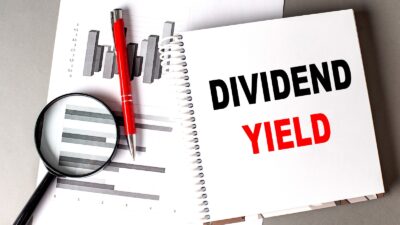Amazon (NASDAQ: AMZN) was one of the standout performers in the pandemic, as global e-commerce levels soared. This meant that the Amazon share price was able to climb from around $1,800 at the start of 2020 to highs of $3,600 in the middle of 2021. However, over the past year, it has sunk around 30%, currently priced at around $2,300. This has been caused by rising inflation and the slowdown in e-commerce. But as a global leader, trading at a far lower valuation than historically, is this now an ideal time to buy Amazon stock?
Recent trading update
The Amazon share price has continued to fall after it released its Q1 results at the end of April. This is unsurprising. For example, in a clear signal that e-commerce figures were starting to weaken after the pandemic, net sales from the company’s online store were down 3% year-on-year to around $51bn. Overall, net sales were up 7% to around $116bn, far slower growth than in the past couple of years.
There was also more negative news, including the company’s surprising Q1 loss. This loss was mainly caused by the recent poor performance of Rivian, of which Amazon owns around 18%. As the Rivian share price has sunk around 70% since its IPO, this has caused issues for the business. This included a pre-tax valuation loss of $7.6bn, meaning that the net loss for the company totalled $3.8bn overall. This compares to net income of $8.1bn in the previous year. Clearly, this demonstrates that the online retail giant is struggling in comparison to last year, and it’s the reason why the Amazon share price sank on the back of these results.
Should you invest £1,000 in Amazon right now?
When investing expert Mark Rogers has a stock tip, it can pay to listen. After all, the flagship Motley Fool Share Advisor newsletter he has run for nearly a decade has provided thousands of paying members with top stock recommendations from the UK and US markets. And right now, Mark thinks there are 6 standout stocks that investors should consider buying. Want to see if Amazon made the list?
Future guidance was also underwhelming, with sales only expected to increase around 5% year-on-year in Q2. This represents the overall struggling growth in e-commerce at the moment, further highlighted by the underwhelming results released by both Shopify and eBay.
What other factors are there?
Although the e-commerce segment is struggling in comparison to last year’s performance, there can be some encouragement taken from the other sectors of the business. For instance, the Amazon Web Services sector saw sales of over $18bn, a 37% increase year-on-year. The advertising services business also saw growth of 23%, which highlights that this equally has promise. As such, these sectors may be able to offset the current weakness in the e-commerce segment moving forwards.
Using last year’s results, the company also has a price-to-earnings ratio of around 35. This is far lower than historically, which may indicate that the Amazon share price is too cheap. However, a P/E ratio of over 30 indicates that strong further growth is expected. Due to evidence of this slowing growth, I’m not convinced that it can achieve these expectations.
Is the Amazon share price a bargain not to be missed?
Overall, I’m not convinced about the firm at its lower share price, due to evidence of its slowing growth. At a P/E ratio of over 30, alongside the fact that earnings are likely to be far lower this year than last, I’m therefore leaving this stock on the sidelines.







